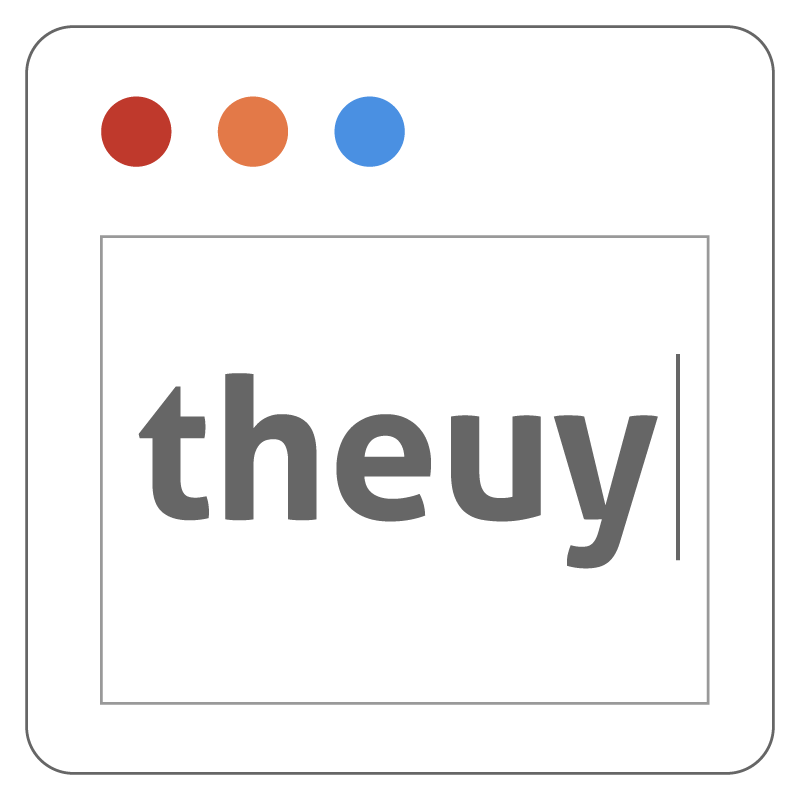Exploring the blockchain space can be a daunting task for those new to the technology. With crypto-assets, networks, and platforms popping up left and right, it can be hard to differentiate between them all. In this article, we will take a look at two of the most popular blockchains - Ethereum and Polkadot - and explore their differences.
What is Ethereum and Polkadot?
Ethereum is a decentralized platform that runs smart contracts: applications that run exactly as programmed without any possibility of fraud or third party interference.
Polkadot is a network of blockchains that can interoperate with each other to create a more scalable, efficient and secure ecosystem.
So, what’s the difference between Ethereum and Polkadot?
First, let’s look at Ethereum. Ethereum was launched in 2015 by Vitalik Buterin and has become the most popular smart contract platform. It uses a Proof of Work (PoW) consensus algorithm which means that miners compete to validate blocks and are rewarded with ETH for their efforts. While this system is secure, it is also very resource-intensive and can lead to centralization as larger miners have an advantage over smaller ones.
ETH also has a scalability problem. The Ethereum network can currently only handle around 15 transactions per second (TPS) which is not enough for large-scale applications. This scalability issue is being addressed with the upcoming switch to a Proof of Stake (PoS) consensus algorithm and the implementation of sharding but it remains to be seen if these solutions will be successful.
Now let’s take a look at Polkadot. Polkadot was created by Gavin Wood, one of the co-founders of Ethereum, and launched in 2017. It uses a unique consensus mechanism called Parachains which enables multiple blockchains to interoperate
Blockchain Basics
When it comes to blockchain, there are a few different types of platforms out there. Ethereum is one type of platform, and Polkadot is another. Both platforms have their own unique features and benefits. So, what is the difference between Ethereum and Polkadot?
Ethereum is a decentralized platform that runs smart contracts. These contracts are written in code and run on the blockchain. The benefit of this is that they can be used to create Decentralized Applications (dApps). dApps are applications that run on the blockchain and are not controlled by any single entity. This makes them more secure and trustworthy than traditional centralized apps.
Polkadot is also a decentralized platform, but it uses a different consensus mechanism than Ethereum. Instead of running on Proof-of-Work (PoW), it uses Proof-of-Stake (PoS). PoS is more energy efficient than PoW and allows for faster transaction times. Polkadot also has scalability features built into its protocol, which allows it to handle more transactions than Ethereum.
So, what’s the difference between Ethereum and Polkadot? Ethereum is a decentralized platform that runs smart contracts while Polkadot is a decentralized platform that uses Proof-of-Stake for its consensus mechanism. Both platforms have their own unique benefits, so it’s up to you to decide which one you want to use.

